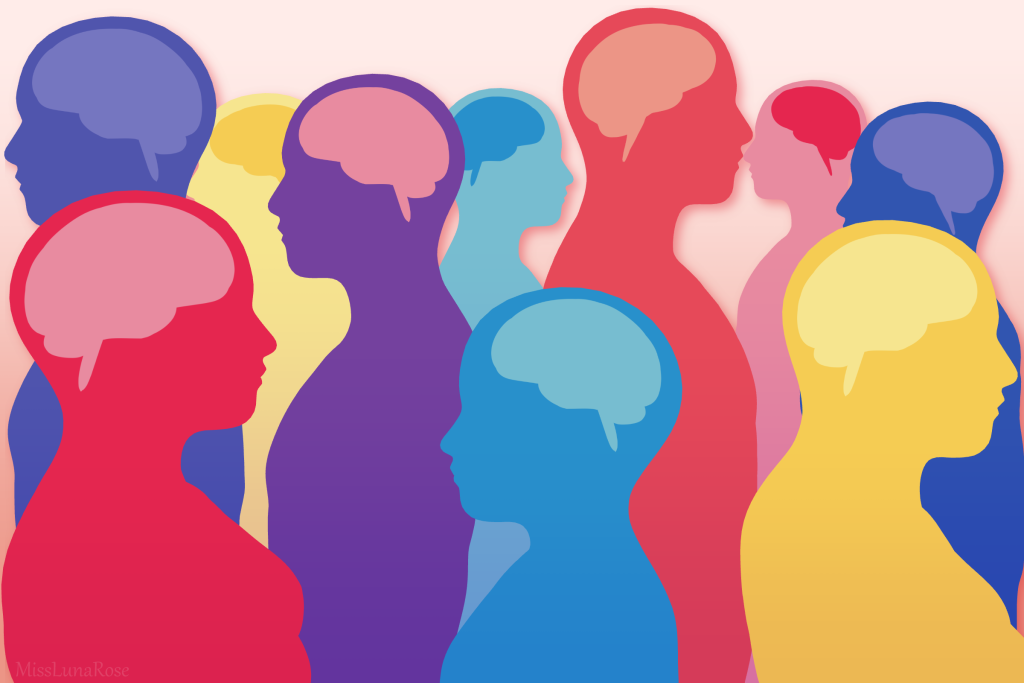17% of students have declared themselves as being Dyslexic at UAL which is on par with the national figure of 16%. However the number of people working in the creative industry who are neurodiverse is higher with some reports doubling the figure to 32%. Which is a 3rd of the work force. Another group to be mindful of is the 8% of the male population who are colour blind.
In the non-digital era we would have overlays and do our best to use colour paper. Although still a useful tool for some we now can change the background colour of presentations and documents and adapt digital spaces.
Yet it is, not always straightforward knowing how to change the settings. Also each person is different and what works well for one might be the opposite for another. Enabling your learners to costomise their digital space will be an empowering experience for them.
Impact
The harshness of contrasting colours or bright white can make it seem like the text is fuzzy of moving around. By changing the colour it calms this down. It can be as simple as moving from white to cream as used by the British Dyslexia Association and recommended in their style guide.
In this post we will outline how to change the settings on the three main application platforms; Microsoft, Apple and Google. Looking that both there presentation apps and word processing apps.
Microsoft
This video will talk you through how to change the colour background in Word, PowerPoint and Immersive Reader.
Apple
This video will show you how to change the background colour in both keynote and pages.
Although a google application is not a format that is used for hand in. Many students will work on google docs or slides and then convert to word or PowerPoint. Therefore it is handy to know how to change the colours to help assist those student who would benefit from the background colour change.
- Changing background colour on google docs and slides (1min 48sec)

